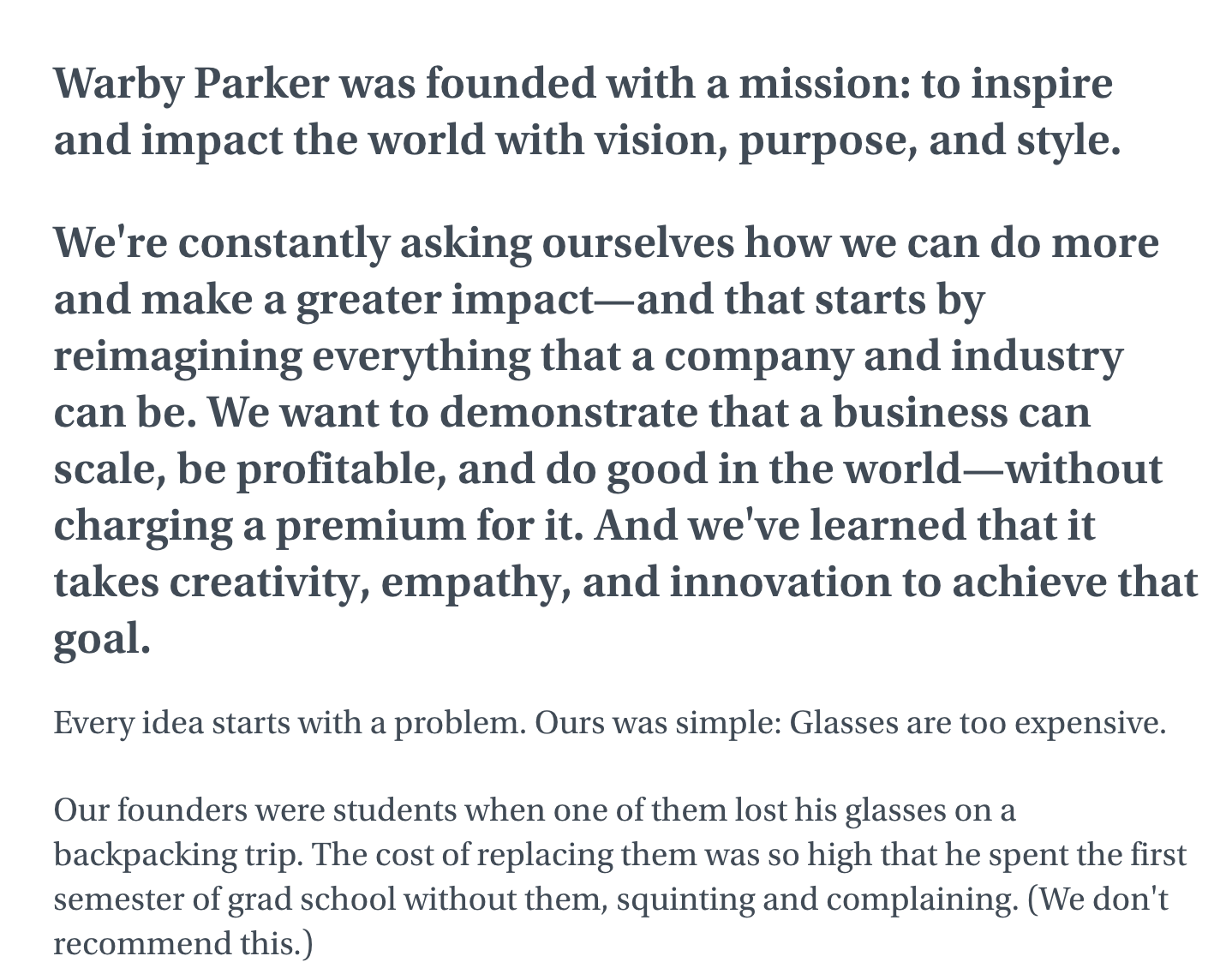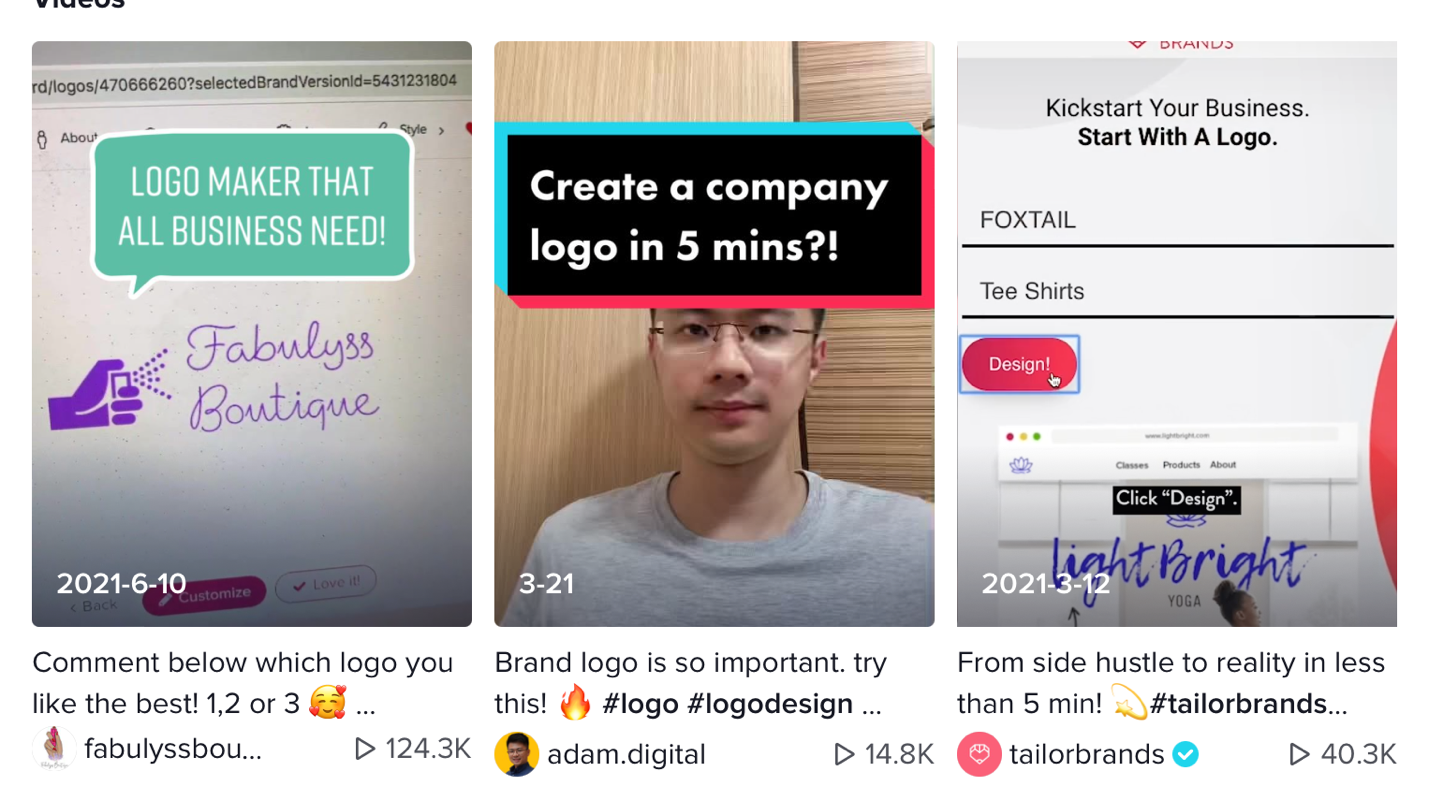Connect with us

5 Branding Strategies to Take Your Business to the Next Level
Building effective branding strategies is crucial for the long-term success of a business. Establishing a creative and memorable brand goes beyond administrative tasks like filing corporate paperwork and leasing office space. In fact, without a highly recognizable identity that includes a compelling narrative, an eye-catching logo, and a secure place in the culture, a business's life expectancy may be shorter than people anticipate. Therefore, it is essential to invest time and effort in crafting and implementing branding strategies that resonate with the target audience and create a lasting impression.
That’s why branding calls for a significant investment in terms of time and energy from startups and mid-sized companies with sometimes tight budgets. There are excellent online resources such as GoPro and Tailor Brands that can help business visionaries make intellectual and emotional connections with consumers on a global scale. By conducting due diligence, assessing customer preferences, and making inroads through key partnerships and forward-facing platforms, you could be the next hot-trending success story.
These are five ways to develop a renowned brand and achieve business goals.
Table of Contents
1. Define Your Brand
The process of defining a brand may lead business professionals to a place they did not anticipate. That’s large because defining your brand involves discovering what it is and how it relates to potential consumers. Although you may have firmly embedded notions about the product or service, success requires an open mind that allows the evidence to drive you to a conclusion. In many ways, defining your brand is detective work.
Begin by making deep dives into customer-based research to determine how audiences will receive the endeavor. It’s also crucial to use the brands of others competing for market share as foils to weigh your innovation. Take your time to mine and review the quantitative and qualitative data as if you were an impartial bystander. Don’t hesitate to enlist a focus group or people in your orbit to play devil’s advocate. With a firm grasp of external brand perception, you can start to define its inherent nature.
It may prove helpful to think about the brand as if it were a walking, talking entity. Ask yourself, what are its basic character traits, and would everyday people gravitate to them? Marketing experts prefer that a brand is defined by traits that people experience as reliable, dependable, and trustworthy. Those are characteristics that support brand loyalty. But to garner enthusiasm in the marketplace, it should also possess charisma.
2. Create a Strong Brand Story
We live in a world where narratives, i.e., storytelling, take precedence over facts. People talk about the mainstream media, weaving narratives that support their position on wide-reaching issues. But truth be told, human beings have always been storytellers, and those fictional and non-fictional accounts define us as a culture.
Warby Parker the eyeglass brand is a brilliant example of how to create an engaging brand story. Here is a snippet of their brand story – you can read the rest on their website.

For your brand to become part of our culture’s fabric, it must also have an accessible storyline that fits with a demographic. These are three steps you can take to heighten your culture-based understanding of the brand and effectively tell its story.
- Learn Its Timeline: History, artifacts, and businesses exist in a time frame. Your brand already exists in the past and present, and it’s up to you to direct its future. Start by writing down the organization’s story by focusing on the founder. The founder represents a backstory that defines the organization’s roots. Feel free to employ anecdotes, quotes, and secondary sources. Then jot down where the operation is today and connect the backstory to present-day operations, products, and services. With these items defined, craft a compelling story about where your brand is going.
- Write A Summary: A full telling of the brand story will likely have its place on your online platform. But not every client or potential partner will take the time to read it in its entirety. That’s why a summary statement of one paragraph serves as the tip of the storytelling spear. Your summary statement should be dense, word-efficient, and move people on a visceral level.
Deploy your full telling and summary whenever practical. It will feel more authoritative if people come across it organically, even if that’s part of your marketing strategy.
3. Partners with Other Brands
Building select partnerships with other organizations is sometimes called “co-branding,” The process strives to take advantage of the synergy between entities. When strategically orchestrated, co-branding can bring new products to the marketplace with greater awareness and consumer attention. Rather than work independently, the partnership bolsters both organizations’ products, services, and bottom lines with a fraction of the investment.
One of the most effective co-branding efforts was orchestrated by Red Bull and GoPro, starting in 2016. GoPro served as Red Bull’s point-of-view imaging provider, exclusively capturing the energy drink corporation’s event footage. GoPro received access to upwards of 1,800 Red Bull events across 100 countries, distributing exciting visuals on digital platforms.
“Red Bull’s global scale and execution is something to be admired. This partnership is very strategic for GoPro,” Nicholas Woodman, founder, and CEO of GoPro reportedly said. “We share the same vision…to inspire the world to live a bigger life. While we’ve worked closely for many years, as official partners we’ll be able to more effectively help one another execute our shared vision and scale our respective businesses. GoPro and Red Bull, as a match, are as good as it gets.”
Red Bull founder and CEO Dietrich Mateschitz said GoPro would “amplify our collective international reach, the power of our content and ability to fascinate.”
Although powerhouse outfits such as GoPro and Red Bull have the reach to connect with industry-leading organizations, the practice holds true at every level. It follows from the idea that the sum can be greater than the parts, or in this case, the partners.
4. Embrace Social Media
Leveraging marketing channels to connect with consumers and develop a brand has not necessarily changed. Billboards and posters were among the best options until radio and television entered the culture. To a great degree, these have been supplanted in the 21st Century by digital platforms. But the basic principle of utilizing the best current to float your message downstream to the public holds. That just happens to be social media these days. You can use Troop Messenger chat APIs to create live chat apps across all social media handles.
When it comes to social media, don't be afraid to embrace new platforms like TikTok. This can give you an edge in the market if you get there before your competitors. One brand that I have noticed doing this great is Tailor Brands. They use the platform to promote their logo maker product by harnessing the power of content creators and TikTok influencers.

When it comes to branding strategies, employing the Tailor Brands toolset can be a valuable asset for small and mid-sized businesses. It helps them gain exposure and fuel their growth. Additionally, you embed TikTok video, it continues to be an effective branding stream for wide-reaching organizations, it is equally important to conduct due diligence and deliver compelling images and narratives on the social media platforms preferred by your target audience. This approach can help grow your TikTok audience by attracting and retaining viewers who resonate with your brand's story and visuals. By leveraging the right tools and understanding the dynamics of different platforms, businesses can effectively implement their branding strategies and maximize their impact on potential customers.
5. Deliver a Great (Cohesive) Brand Experience
Delivering a compelling brand experience is a result of effective branding strategies. It goes beyond a single element and involves evoking reactions and emotions at an almost unconscious level. A cohesive brand experience encompasses various aspects such as the character of the brand, a rich and engaging story, strong connections with industry partners, and the consistent use of images that elicit positive vibes. All of these elements work together to create a lasting impression on the audience. While it is beneficial for a brand to organically integrate into the culture, it is equally important to manage the brand message. By exercising control over branding efforts, industry professionals can ensure that the desired message is conveyed effectively and aligns with the overall branding strategies.
- Sensory Engagement: Create a logo that can be used in wide-reaching landscapes that conveys the messaging you want people to feel and remember. Tools such as LogoWiz logo maker are assets small and mid-sized companies can rely on to create memorable branding icons that people recognize in any setting.
- Community Participation: Winning the hearts and minds of prospective customers requires positive associations. Just as partnerships between the likes of Red Bull and GoPro were mutually beneficial, aligning your operation and values with charitable organizations and community-minded leadership speaks volumes. They also make people more inclined to support your business.
- Pop Culture: Platforms such as Tik Tok are undeniably part of popular culture. Immersing your branding efforts into strategic cultural arenas can create a perception your products and services are also part of that fabric. Essentially, putting social media to work can result in your brand trending.
The process of building a brand involves a great many moving parts that must be brought to bear with a singular purpose. From its infancy through corporate success, those tasked with managing a brand must constantly re-evaluate the market and cultural conditions to ensure it maintains public favorability. Effective branding is not a box professionals check before moving on to direct profit-driving endeavors. Rather, it’s an ongoing process that requires thought leadership and digital tools to make adjustments that mesh with the market and culture.








